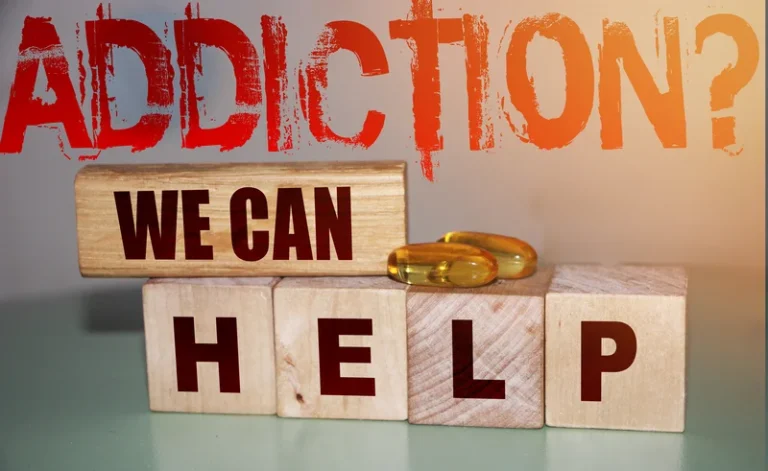
Meetings were held both in the home and in neighboring organizations in the community. Developing a structured routine can help a person stick to their sobriety goals, make healthy decisions, and reduce the likelihood of triggers and relapse. Establishing a routine with regular sleep and support group attendance can reduce stress https://ecosoberhouse.com/ and help you stay sober. Sobriety is a general term for staying away from mood- and mind-altering substances, though there is no commonly agreed-upon medical definition in terms of what sobriety means. People in recovery generally agree that abstinence is necessary but remains just a starting point for a new, sober life.

How Sober Living Homes Differ From Halfway Houses
- Your friends or family members may tempt you with alcohol or other drugs by consuming them in front of you.
- It’s also important to note that sober living homes and halfway houses are not the same.
- In NARR homes, the goal is to protect the health of all residents, not to punish the resident experiencing relapse.
This continuation of support, motivation, and, in some cases, therapy will significantly enhance their chance of long-term sobriety. All sober houses have a zero-tolerance policy regarding the use of drugs or alcohol. Some recovery houses insist on random drug testing to ensure residents remain sober. Individuals who breach this are usually removed from the home immediately to protect the other residents. Often the structure and routine of treatment programs help keep folks sober, and risking the loss of that when completing the program can be a threat to your recovery.
- People in recovery receive peer support and accountability in a level-one sober living home.
- Getting sober may seem difficult, but there are strategies you can use to get and maintain sobriety.
- Some residents have family members or friends to help them pay for sober living.
- You can also look into Oxford Houses, which provide all recovering users the opportunity to develop comfortable sobriety without relapse.
- This article will describe sobriety in more detail, the challenges a person faces while working to stay sober, the options for treatment, and tips for building a sober lifestyle.
- Support can also look like joining in-person and online support groups.
Is There a Difference Between Sober Living and Halfway Houses?

Proven effective in reducing the chance of relapse, sober homes are a collaborative and supportive environment to transition back to everyday life. With many types of recovery residences located all over the country, you are bound to find the right one for you. Your sober living community will provide you with invaluable peer support and motivation to continue on your journey to a life free from addiction. Sober living houses are usually peer-run facilities encouraging continued substance use disorder recovery. Occasionally they are run by a charity or an addiction treatment center as a less structured and more informal version of the inpatient treatment plans they offer. Sober living houses allow residents to live together in a drug and alcohol-free space.
WE ACCEPT MOST PPO INSURANCE

At Footprints to Recovery, over 70% of our patients choose to stay in sober living while receiving treatment or after completing treatment with us. Most what is a sober house of them view their homes as a necessary component of a successful recovery. Specific nuances of each rule depend on the sober living home or manager.
- The risk of relapse is particularly high in the first few months following treatment.
- You will also want to study and analyze any other sober living homes nearby to determine what works (and what doesn’t work) and determine how you will make your sober living home stand out from the competition.
- This indicates the need for greater health education of drug users and the implementation of relapse and overdose death prevention programs.
- Someone living in a halfway house is under the supervision of probation or parole.

How Can I Pay for a Sober Living Home?
- The lack of regulation has led to the creation of homes that lack access to support services or strict rules.
- A sober living house is a peer-managed home designed to help people maintain sobriety.
- Residents in halfway houses may be subject to more stringent rules, including mandatory curfews and drug testing.
- In addition to reducing the risk of relapse, recovery residences have other benefits.
